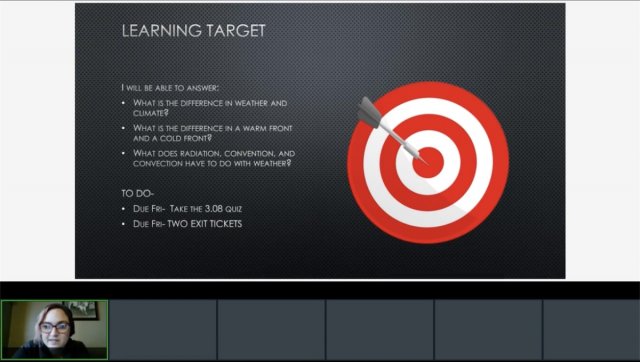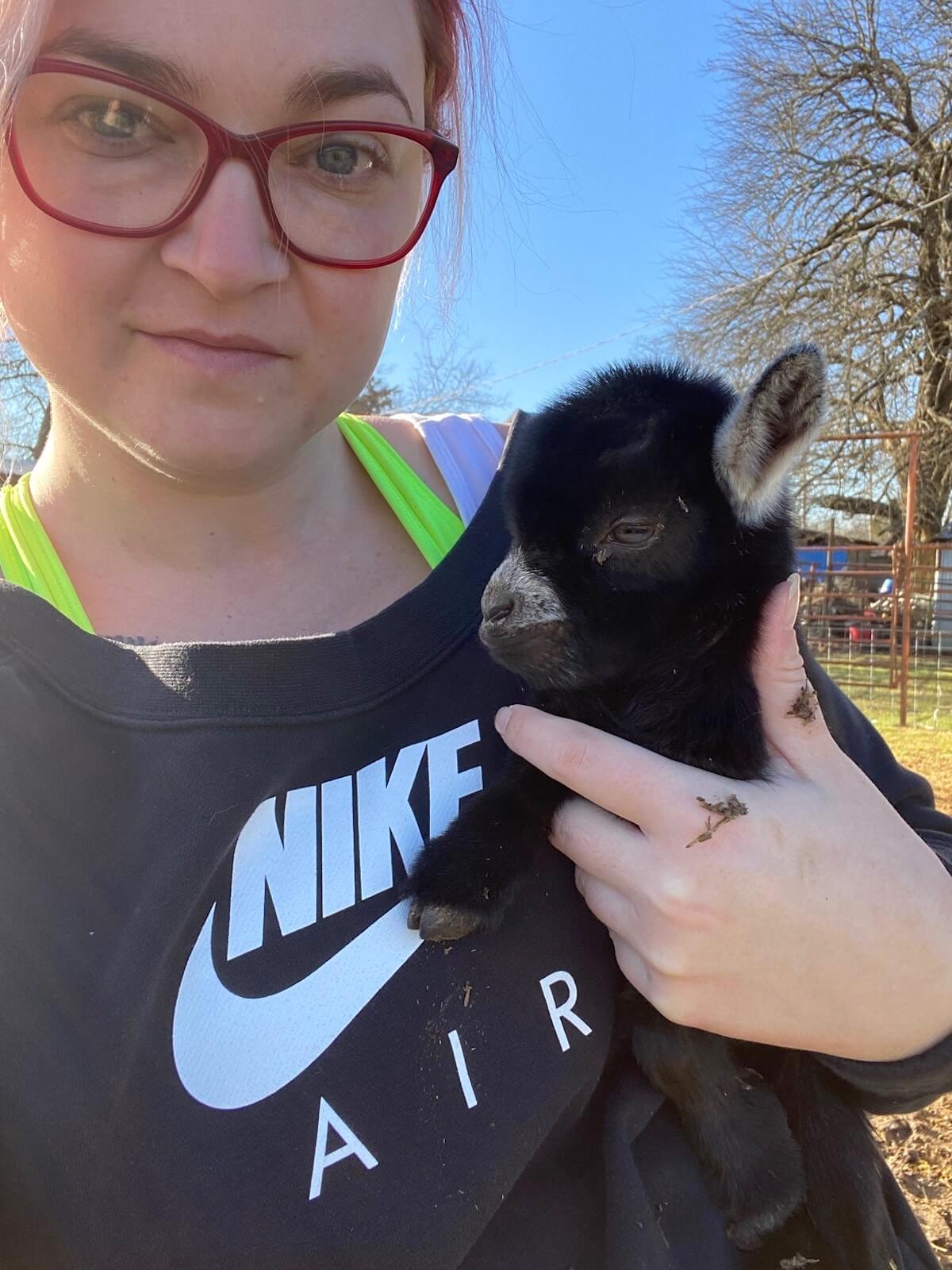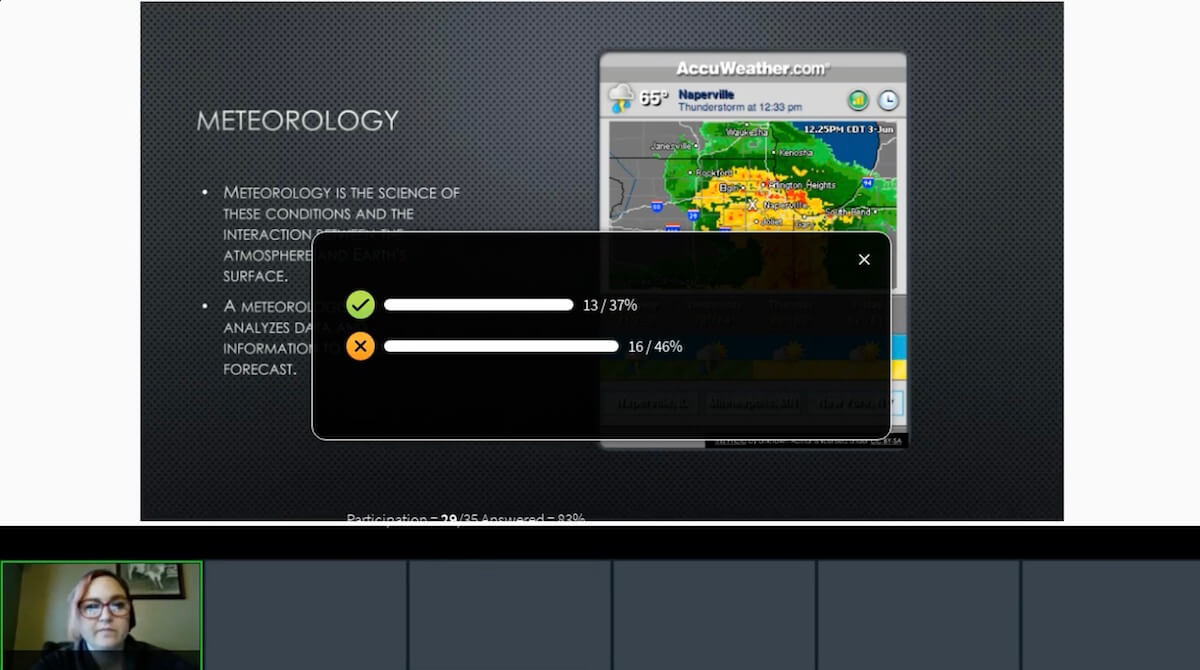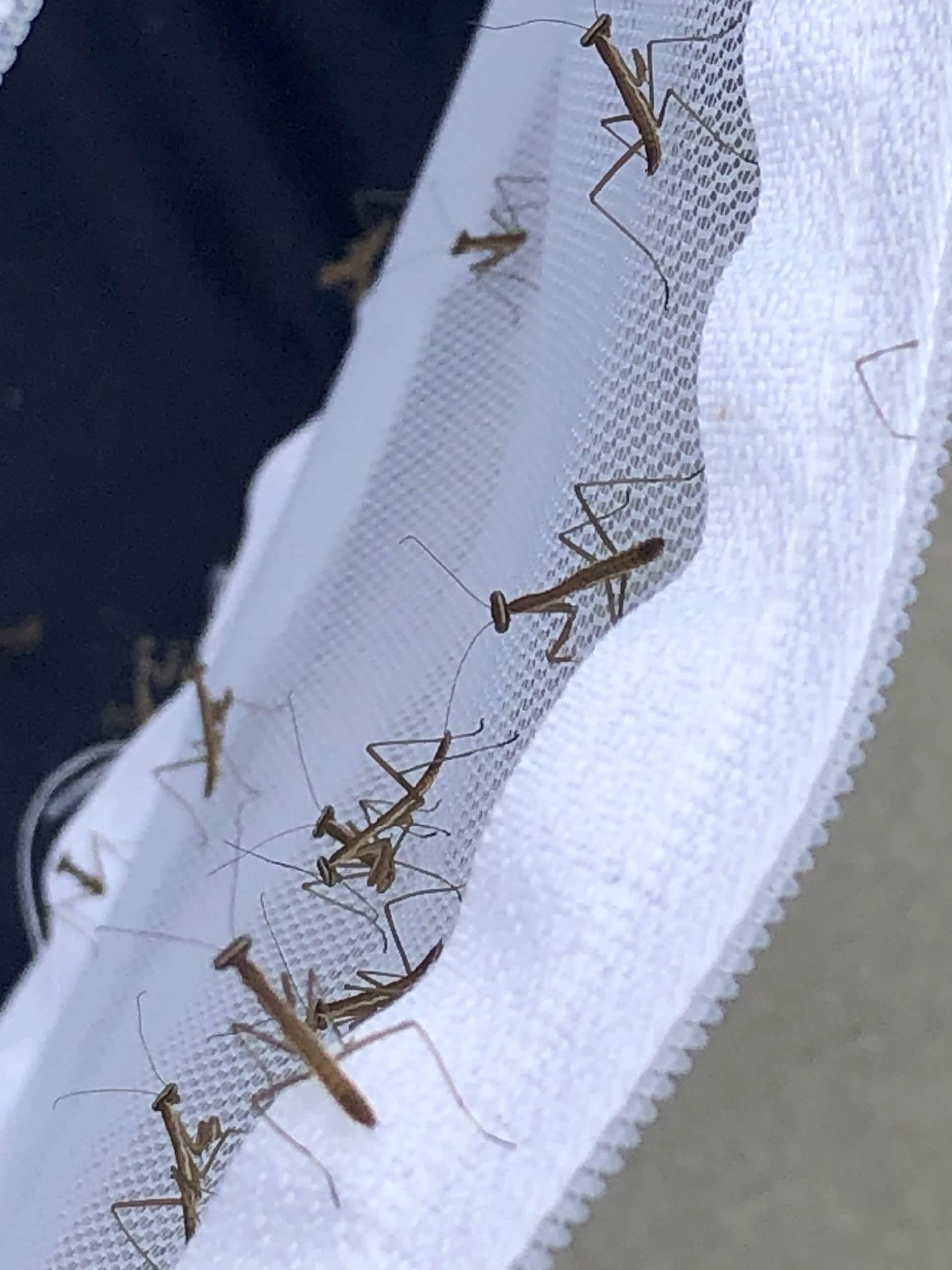

When the COVID pandemic prompted Oklahoma school districts to develop virtual learning options for their students for the 2020-2021 school year, full-time virtual schools, such as the Oklahoma Virtual Charter Academy, had an advantage.
“When the pandemic started, I was working brick-and-mortar, and I can tell you we were not and still are not prepared to do virtual learning in a brick-and-mortar school,” said OVCA science teacher Brittni Joines. “OVCA has been doing this from the beginning. There’s no change in what the students are doing. It’s a good routine. A lot of kids came here because they wanted that stability.”
OVCA is one of six virtual charter schools in the state. Other virtual programs include Oklahoma Connections Academy, Insight School of Oklahoma, Oklahoma Information and Technology School, E-School Virtual Charter Academy and the controversial Epic Charter Schools, which has become the state’s largest school district by enrollment.
Enrollment numbers at all of these online public schools increased during the 2020-2021 school year as families sought virtual options for their students amid the pandemic. The Tulsa World reported in August 2020 that these virtual schools have seen an enrollment increase of nearly 77 percent compared to the same time in 2019.
According to the State Department of Education data, OVCA, which was established in 2011, had 4,011 students enrolled for the 2020-2021 school year, compared to 2,669 students the year before.
Epic One-on-One Charter Schools is the most prominent virtual charter in Oklahoma, but it has been the subject of an investigative audit by the State Auditor & Inspector’s Office and has been under criminal investigation for years. The state’s multi-county grand jury recently released an unusual interim report about its concerns over Epic’s management.
Nonetheless, Epic One-on-One saw the largest enrollment increase amid the pandemic with 35,731 students enrolled for the 2020-2021 school year compared to a 2019-2020 enrollment of 17,106.
School has looked very different for most students this past year, but as virtual schools grow in popularity, it may also mark a longer-term change in what it means to “go to school.”
The Oklahoma Virtual Charter Academy recently allowed NonDoc to observe recordings of past classes in an effort to learn the opportunities and challenges for students of virtual schools.
‘That’s what OVCA is prepared for’

Joines taught science at a traditional public school district for four years before shifting to OVCA for the school year that just ended. Now, from the southeastern Oklahoma town of Caddo, she teaches 300 sixth-grade students who are spread out across the state.
“We’ve got a mini farm, so that’s what my kids consider class pets,” Joines said. “I hatch praying mantis. I bought 10 eggs, and each egg has up to 200 babies in it and we’ve already hatched four eggs. I show my live classes the babies that have been coming out of the eggs.”
There are various platforms and curricula available to virtual schools. OVCA, which was established in 2011, uses the Newrow video collaboration platform and online curriculum from Stride K12, along with textbooks and other instructional materials.
Joines said OVCA students’ schedules look very much as they would at a brick-and-mortar school, with each class lasting about 45 minutes. Students take core classes such as English and math daily, with science and social studies classes taking place on an A/B schedule.
Students can also take extracurriculars and participate in clubs, such as art classes and photography club, in a virtual capacity. There are frequent opportunities for one-on-one assistance from the school’s certified teachers as well.
One of Joines’ sixth grade students, Raven Johannessen, has been attending virtual school since kindergarten.
Johannessen’s mother, Jessica Richards, said her daughter is very active in the OVCA and attends about 32 virtual sessions a week, including academic classes, social sessions, emotional support group sessions, live help sessions with teachers and various clubs, including a virtual travel club she recently started herself, with Joines as the club’s sponsor.
“I want to be a teacher, and that’s the main reason I really started my club,” Johannessen said. “I hope I can be a teacher for the school I go to right now.”
OVCA lessons take place in a virtual classroom through the Newrow platform, which functions like a combination of Zoom and Blackboard, with video, audio and chat functions. Teachers have the ability to silence students’ microphones or disable their chat function if they begin to get disruptive. Teachers also have the ability to place students in breakout rooms for group work or if a student might need extra help on a topic.
Virtual schools in the state tend to emphasize parental involvement. Upon enrolling in the OVCA, Joines said students must have a learning coach, a position generally filled by a parent or other family member, who acts as a sort of teacher’s aid.
“That learning coach is there to help push that student and to make sure that student is doing what they’re supposed to do,” Joines said. “Some students have that responsibility already, but if it’s a student who doesn’t have a lot of motivation, that parent is going to have to do a lot more.”
Joines said while traditional public schools had to determine how to pivot their curriculum to fit an online learning setting during the pandemic, full-time virtual schools, such as OVCA, didn’t have to worry about that piece of the puzzle.
“I know a lot of schools were doing Acellus (an online learning system), which is just a video you’re watching and then you have to do quizzes — which is good, but these kids need more. They need somebody that is actually teaching them, showing them tools and doing these things,” Joines said. “That’s what OVCA is prepared for. That’s what we do and what we have been doing for several years. They were virtual learning before virtual learning was cool.”
‘I’ve fallen in love with teaching again’

During a Feb. 24 lesson covering the difference between weather and climate, Joines opened her presentation with a joke.
What’s the difference between a horse and the weather?
One gets reigned up while the other rains down.
Before the punchline was revealed, students responded with their guesses via the group chat function. Later in the lesson, a student was allowed to turn on their microphone to share a joke of their own.
Joines said the sense of connection that comes from such informal exchanges is important to her.
“My favorite teachers growing up have been the ones that treat me like a human,” she said. “I go out of my way to meet them at their level.”
She likes how much flexibility the virtual model gives students.
“It really gives them freedom. A lot of our kids use mobile devices, so they’ll watch the class while they’re on the road, or maybe they have a doctor’s appointment,” Joines said. “All of our classes are recorded, so if something happens where they can’t make that class, they can watch the recorded lesson so they don’t fall behind.”
The OVCA provides flexibility to its teachers as well. At her former school district, Joines said teachers were constantly exhausted from having to wear multiple hats.
Joines herself taught multiple grade levels and served as the senior class sponsor and academic coach. This left her with less time to plan lessons and labs for her students, she said, and the stress had a negative impact on her health.
“If you wanted a job there, you had to take on all of these things, because there’s no one else to do it. After my first year, I ended up in the hospital because I thought I was having a heart attack,” Joines said.
Now, she said she has plenty of time for lesson planning and is under less stress.
“My biggest fear with wanting to go virtual — because when I was in brick-and-mortar, I was very close to my students — I was afraid I was going to miss that closeness. I feel like I’m closer to my students now,” Joines said. “I’ve fallen in love with teaching again. I love the way this is all set up.”
‘It’s so cool to see them learn and to grow’

Richards said her two daughters have always attended school virtually. She said Johannessen attended Louisiana Virtual Charter Academy, another Stride K12 program, until they moved to Oklahoma City three years ago and joined OVCA.
“We actually saw a commercial when Raven was almost 5. I had never heard of K12, and I was very interested in it,” Richards said. “It was a big deal for me for them to be at home and me to be able to see them grow and learn.”
As the learning coach for her daughter, Richards said the experience has varied throughout the years.
“I’ve found, in my experience, that from kindergarten to third grade it’s a lot of hands-on. It takes a lot from the learning coach to be a part of the online learning,” Richards said. “It’s so cool to see them learn and to grow. But I’ve learned as they get older they get more independent, and I’ve really seen that this year with Raven in sixth grade. She’s on top of everything. She’s gathered and gained a lot of experience from it.”
Johannessen said she has enjoyed every aspect of her time in virtual school, although she does think there are some misconceptions about the experience.
“Some people think that you can’t socialize or that it’s not really fun because you’re online,” Johannessen said. “But it’s actually really fun because we have so many different social classes and we have a bunch of clubs.”
‘He’s treated like a normal student’
The OVCA has also been a beneficial option for eighth-grade student Kane Lantz. Lantz, who has significant hearing loss, left his traditional school district four years ago.
“He’s completely deaf in his left ear and about 80-85 percent in his right. He got bullied a lot in brick-and-mortar,” said Lantz’s aunt and learning coach, Bryoney Blakley. “He was falling behind in his school work because he couldn’t hear what the teacher was saying.”
Lantz said that, in a traditional classroom environment, he couldn’t get the support he needed from the teachers.
“The teachers didn’t help me. They didn’t take me to the side to try to help,” Lantz said. “They’d normally just say they don’t have time for me.”
Blakley is a private tutor and began working with Lantz. She said she quickly realized that the poor grades he was getting in school did not reflect his true abilities.
“I’m thinking, ‘How is this kid not succeeding in school?’ I talked to his parents about it and said, ‘Guys, your son is a lot smarter than what it appears from his grades,'” Blakley said. “The three of us started looking at online school options, and K12 had the best accreditation out of any, so we decided to go with them.”
Upon enrolling in OVCA, Lantz received an individualized education plan, or IEP, which ensures students with special needs get the specialized services required, completed a hearing evaluation and had a hearing aid provided to him courtesy of the school.
“One of the first things they did was re-evaluate his IEP, and they gave him a chance to be in a normal class,” Blakley said. “They gave Kane a chance to prove himself. His day-to-day is different because he’s treated like a normal student.”
In addition to his standard class schedule, Lantz attends a one-on-one speech course each week.
“They gave me a really good speech teacher,” he said. “Most of the time I was in brick-and-mortar, I didn’t have a good speech teacher.”
Lantz also has an IEP teacher who handles his program, as well as those of other students with IEPs attending OVCA.
“She checks Kane’s grades, she gets feedback from his teachers, she gets feedback from me as his learning coach,” Blakley said. “She touches base with us as often as once a week to make sure all his needs are being met and that there’s nothing that we need to be doing differently.”
Lantz said that since changing schools the bullying has ended. Blakley said OVCA has given him the opportunity to thrive.
“When he was in brick-and-mortar school, his confidence was shot. He’d really given up and felt like he was the problem,” Blakley said. “The reality was, he wasn’t the problem, he just needed to be able to hear his teachers. The second he could hear them, he took off like a rocket.”
Blakley recalls a moment during Lantz’s first year at OVCA when he got a fall report card back with straight A’s.
“I was cutting up his apple slices for lunch, and he says, ‘Aunt Bry, can I ask you a question?’ And I said, ‘Sure, of course.’ He said, ‘I really am smart, aren’t I?'” Blakley recalled. “I said, ‘Yes, you really are. You always have been.'”




















